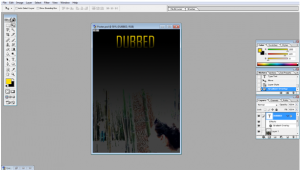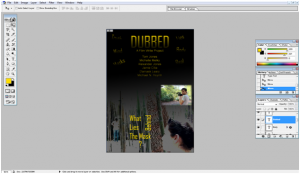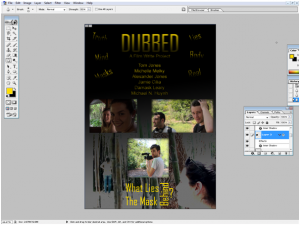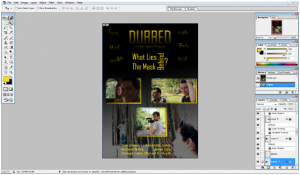From what I recorded over the past few weeks I can clearly see that for the majority of the time I have viewed these shows in my room alone. That come to little surprise I like to watch at my own pace rather than having to wait for other. That being said there is also the fact that I watched a couple of shows with my brother. Most of the time it was planned but there were also a few instances where he walked in and started watching. I can also see that in the few instances where I actually watch ‘traditional’ Television I almost never watch in the scheduled time made by the station. According to John Ellis these schedules are based on the “assumptions about everyday life, about school hours, working hours, mealtimes, family togetherness and apartness, bedtimes for children” (Ellis, 2000, p.26). It is clear that my viewing habits are not in line with the imagined communities TV executives have made the schedules for. With either the use of the DVR feature on Foxtel and Netflix, I watch what shows I want at anytime I want. Whether this is because I simply don’t fit the target demographic of the network or I actively choose not to conform to their schedules is debatable but I do believe that both are a factor in how I watch TV shows.
As I stated above it is rare for me to watch TV in the living room but the one thing I always watch on the big screen is live sport. When it comes to live TV, sport is the only instance I actually watch something live. It is a real effort to watch something live especially if it’s from another time zone. There is something about watching a game live that is lost when watching a recorded one. Jonathan Feuer and James Kaplan argue that “It is possible that we perceive video to be more real because the industry tells us it is live” (Feuer, Kaplan, 1983, p.14) which might factor in the decision to watch something live. What is also interesting is that whenever I watch these games live, it is more of a social experience as I watch it with my brother and father. This is a great departure from my usual viewing habits as it is a more secluded and isolated experience
In terms of the actual shows that I have watched over the past weeks I can clearly see that the majority of the shows have been cable shows as Marc Leverette, Brian Ott and Cara Louise Buckley claim that “Today, pay television (and HBO in particular) is positioned as an alternative to network offerings, consistently regarded as the premier site” (Leverette, Ott, Louise, 2009, p.1). It is to little surprise that the shows that I regarded as “quality” shows, few are on any network channel. This can be credited to the “HBO Effect” as stated by Leverette, Ott and Buckley (Leverette, Ott, Louise, 2009, p.1) as these cable shows have replicated the HBO formula which in turn allowed them to produce texts instead of TV shows. This effect has now evolved on Video on Demand services as their original, content much like HBO broke new ground with producing various genre shows and releasing all of the episodes at the same time.
Viewers today including myself are spoilt for choice when it comes to what to watch and how to watch these shows. The greatest challenge today seems to be watch shows not to watch rather than the other way round as there is an overwhelming amount of quality content being produced by various companies.
Bibliography
Ellis, J, 2000, “Scheduling: The Last Creative Act in Television?” in Media, Culture and Society, Sage Publications, London, pp.25-38.
Feuer, J, Kaplan, E. A, 1983, “The Concept of Live Television” in Regarding Television: Critical Approaches-An Anthology, University Publications of America, pp.12-22.
Leverette, M, Ott, B L, Buckley, C, L, 2009, “Introduction” in It’s Not TV: Watching HBO in the Post-Television Era, viewed 14 October 2015, <http://RMIT.eblib.com.au/patron/FullRecord.aspx?p=425228>





